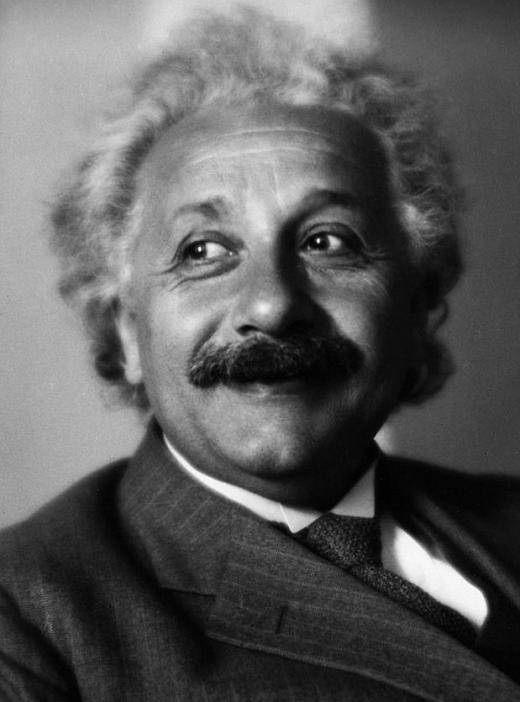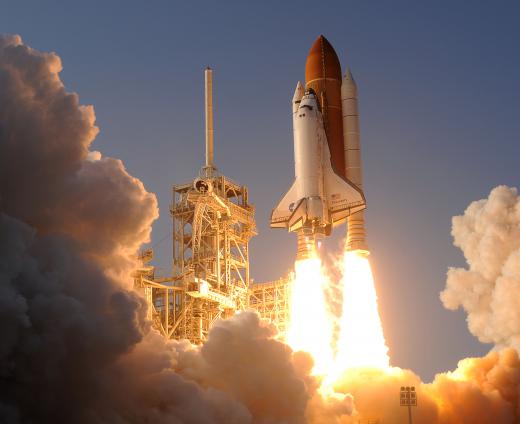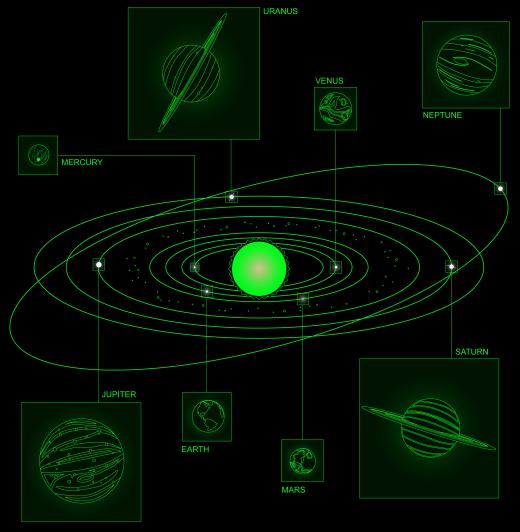What is a Gravitational Force?
A gravitational force, in the simplest terms, is the attractive force between two separate bodies. Gravity is related to mass: the greater an object’s mass, the greater the gravitational force it exerts on other objects. It is one of the essential forces that account for the structure of the universe. Although it is one of the most easily observable cosmic forces, the principles of gravity are still not fully understood by modern science.
Gravity is popularly associated with Sir Isaac Newton, the 17th century English scientist, but scientists had been studying gravity for centuries before Newton. Galileo, some decades earlier, had demonstrated that objects fall at the same rate, regardless of their weight. The fall of an apple inspired Newton to study gravitational force, although the apple did not actually hit his head and bring instant understanding; he spent more than 20 years on the subject. He realized gravitational force also held the moon in orbit around the Earth and was able to prove this by using the moon’s orbit to check his calculations.

Newton realized the same principles applied to all objects everywhere in space; his theory became known as the law of universal gravitation. He freely admitted, however, that he did not understand how gravitational force is conveyed from one object to another, seemingly instantaneously, over vast distances. Despite this flaw, Newton’s law became established scientific principle for the next three centuries. It was repeatedly proved correct by predicting, for example, the location of planets that had not yet been discovered.

Newton’s law, while correct in most general applications, contained minor inconsistencies that became obvious as advancing science grew more precise. Einstein, working in the early 20th century, finally accounted for these inaccuracies with his theory of general relativity. According to relativity, the motion of bodies through space is governed by the effect of those bodies on the fabric of space-time itself. Newton’s law is still used by scientists, because it is easier to calculate, and is correct for such practical matters as how much force a rocket needs to leave the Earth’s atmosphere.

Even Einstein did not fully explain gravitational force. In modern times, it is understood that gravity is one of four fundamental forces that bind the universe together, along with electromagnetism and the weak and strong nuclear forces. The latter three have been proved by discovery of the sub-atomic particles that convey these forces over distance. A similar particle for gravity, the so-called graviton, remained elusive as of 2010. Other principles of gravitational force also remain unexplained by modern physics.
AS FEATURED ON:
AS FEATURED ON:
















Discussion Comments
You call gravity a law of 'attraction', but it is not. That is the first hurdle you must overcome. Are there any physicists, armchair variety or other, out there who understand what I'm saying. Happy trails.
Interestingly, Einstein had no lab nor equipment; he did mostly thought experiments. Albert added to the body of knowledge about the gravitational force by primarily helping us realize that gravity is the fiber of space/time itself. Similar to the air we breathe, it’s all around us, appearing both weak and super strong, as in the case of black holes.
The curvature or warping in Einstein’s theory seems more to do with cause/effect, action/reaction, or the universe co-creating in response to its creators (e.g. creators are stars, galaxies, planets, humans, flora, fauna, etc).
Newton’s Universal Gravitation lays the foundation with mathematical/scientific language that’s duly sensible. Since gravity is a Law of Attraction, Albert’s theory meshes well with Isaac’s: Everything planets or people do affects time and space -- we gravitate or attract to us -- warping or affecting space/time in the process.
Mass is certainly a factor since celestial bodies are more massive than living beings on our planet, and its effects are more dramatized in scale. However, the essence behind Universal Gravitation is that we are the cosmos (“star stuff”), and when we talk about stars and galaxies, we must be also talking about ourselves, as in this quote:
“Everything is made of atoms. That is the key hypothesis. The most important hypothesis in all of biology, for example, is that everything that animals do, atoms do... I believe it is the atomic hypothesis that all things are made of atoms -- little particles that that move around in perpetual motion, attracting each other when they are a little distance apart, but repelling...” -- Richard Feynman
The gravitational force may be affecting us (and our relationships) in more ways than we’ve realized, but the only way to know more about gravity is to ask “new” questions that will reveal more about the great omnipresence.
“The universe never reveals its secrets ... it only responds to inquiries.”
Post your comments